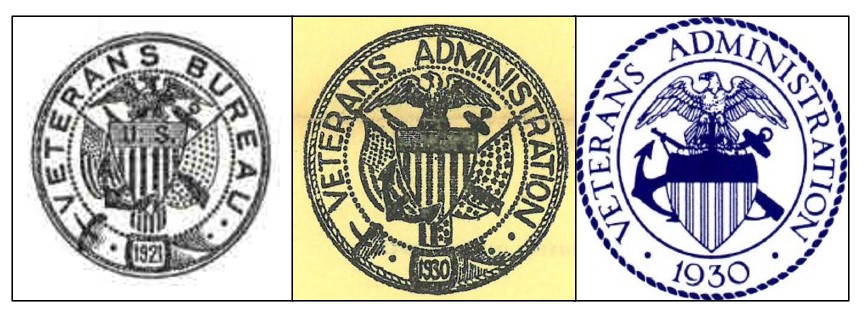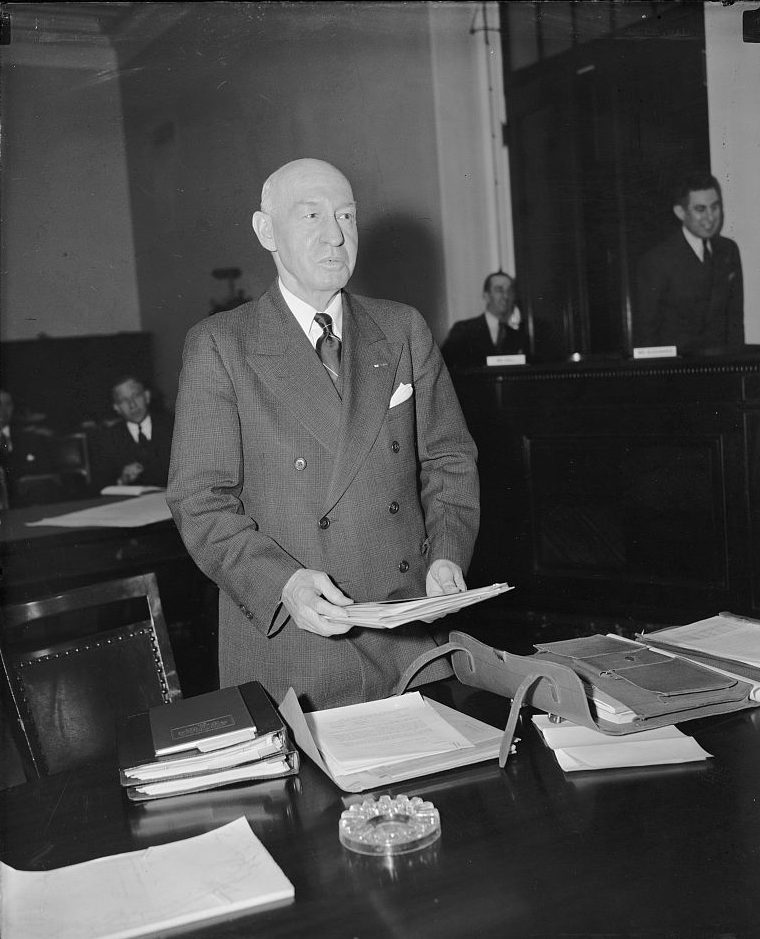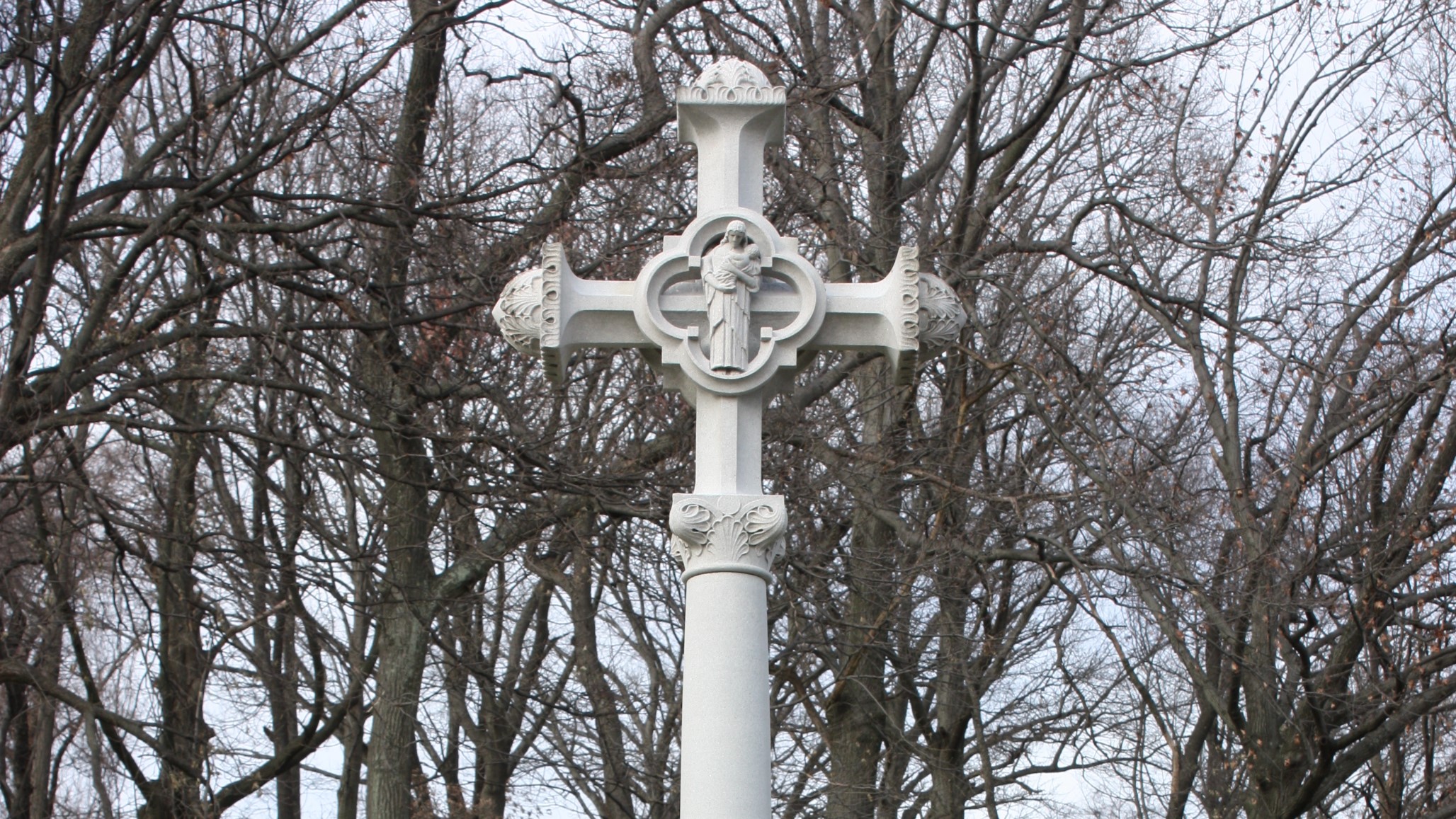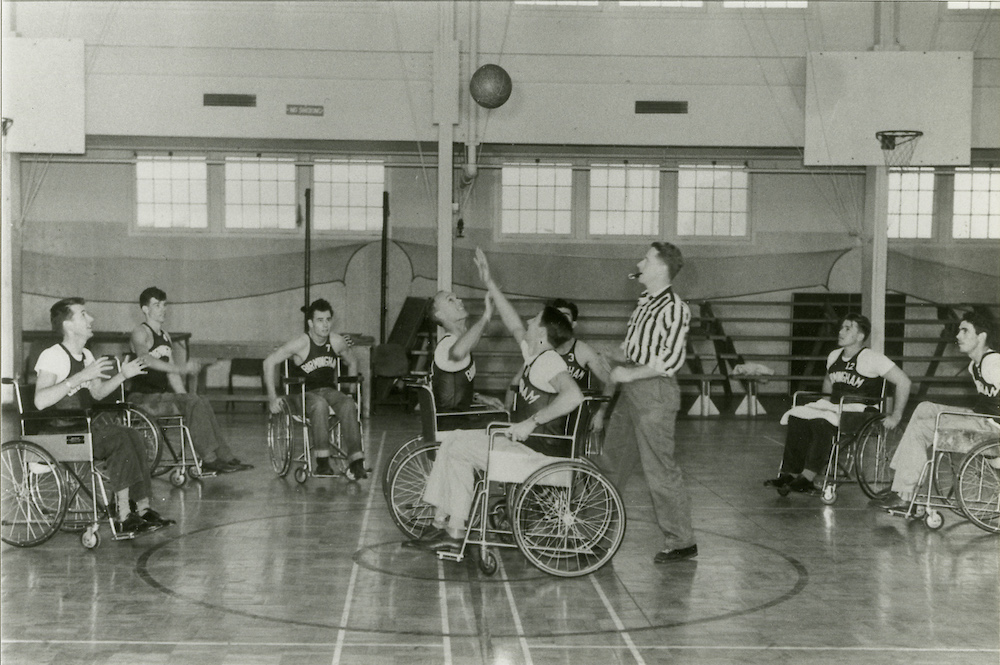
On July 21, 1930, President Herbert C. Hoover signed Executive Order 5398 establishing the Veterans’ Administration (VA), the forerunner of today’s Department of Veterans Affairs. Hoover’s order consolidated three separate government organizations serving Veterans: the National Home for Disabled Volunteer Soldiers, the Bureau of Pensions, and the Veterans’ Bureau. For the first time in the nation’s history, a single, independent federal agency became responsible for managing benefits and medical services for Veterans of all wars.
The merger came on the heels of a 1921 executive order that combined the programs for World War I Veterans into the Veterans’ Bureau. Two elements of the now defunct Veterans’ Bureau became integral parts of the new Veterans’ Administration: its director, Brig. Gen. Frank T. Hines, and its seal.
Hines became head of the Veterans’ Bureau in 1923, replacing its scandal-plagued first director, Charles R. Forbes, who resigned under duress. He earned high marks for restoring the bureau’s reputation and overseeing the expansion of its network of Veterans’ hospitals. When the time came to appoint someone to run the newly established Veterans’ Administration, Hoover did not hesitate to select Hines. He was sworn in on July 23, 1930, as the agency’s first Administrator of Veterans Affairs. Hines remained in that position for the next fifteen years, a period of continuous service unmatched by any of his successors.
One of his earlier, if largely ceremonial, acts as Administrator was to approve a modified version of the Veterans’ Bureau seal for VA use. Designed by Chief Clerk William C. Black and drawn by Nancy P. Davis, the VA seal retained most of the elements of the bureau’s seal. The outer portion of the circular seal kept the word “VETERANS” and replaced “BUREAU” with “ADMINISTRATION” in a belt motif with the buckle at bottom containing the year of the VA’s creation, 1930. While the letters “U.S.” were removed from the bar atop the shield in the inner circular section, an eagle symbolizing American strength and freedom still stands with wings outstretched above the shield with thirteen vertical stripes, representing the first thirteen colonies. Draped on either side of the shield are the U.S. flag and the Union Jack. Crossed behind the shield are a rifle and anchor, signifying the military and naval services, with the bottom of the anchor slightly overlapping the bottom left of the shield.
This version of the VA seal is referenced in a letter dated July 26, 1935, from Administrator Hines to Henry S. Ashurst, Chairman, Senate Committee on the Judiciary supporting the draft bill, “Official Seal for the United States Veterans’ Administration.” This law would entitle the seal to “judicial cognizance,” providing the statutory authority needed “in certifying and authorizing any records of the Administration for production in court or elsewhere, where certification or authentication of such records is deemed essential.” The bill passed on January 31, 1936.
In 1946, the year after Hines’ retirement, the design of the VA seal was modified to remove the flags. The belt motif was also removed and the anchor repositioned. This version continued to be used until the Veterans’ Administration was elevated to cabinet-level status in October 1988 and became the Department of Veterans Affairs, effective March 15, 1989. The department scrapped the old seal and adopted a new one based on the design submitted by David Gregory, an employee at the Indianapolis VA Medical Center.
By Barbara Matos
Executive Assistant, Office of Procurement Policy, Systems and Oversight
Share this story
Related Stories
History of VA in 100 Objects
In the waning days of World War I, French sailors from three visiting allied warships marched through New York in a Liberty Loan Parade. The timing was unfortunate as the second wave of the influenza pandemic was spreading in the U.S. By January, 25 of French sailors died from the virus.
These men were later buried at the Cypress Hills National Cemetery and later a 12-foot granite cross monument, the French Cross, was dedicated in 1920 on Armistice Day. This event later influenced changes to burial laws that opened up availability of allied service members and U.S. citizens who served in foreign armies in the war against Germany and Austrian empires.
History of VA in 100 Objects
Basketball is one of the most popular sports in the nation. However, for paraplegic Veterans after World War II it was impossible with the current equipment and wheelchairs at the time. While VA offered these Veterans a healthy dose of physical and occupational therapy as well as vocational training, patients craved something more. They wanted to return to the sports, like basketball, that they had grown up playing. Their wheelchairs, which were incredibly bulky and commonly weighed over 100 pounds limited play.
However, the revolutionary wheelchair design created in the late 1930s solved that problem. Their chairs featured lightweight aircraft tubing, rear wheels that were easy to propel, and front casters for pivoting. Weighing in at around 45 pounds, the sleek wheelchairs were ideal for sports, especially basketball with its smooth and flat playing surface. The mobility of paraplegic Veterans drastically increased as they mastered the use of the chair, and they soon began to roll themselves into VA hospital gyms to shoot baskets and play pickup games.
History of VA in 100 Objects
After World War I, claims for disability from discharged soldiers poured into the offices of the Bureau of War Risk Insurance, the federal agency responsible for evaluating them. By mid-1921, the bureau had awarded some amount of compensation to 337,000 Veterans. But another 258,000 had been denied benefits. Some of the men turned away were suffering from tuberculosis or neuropsychiatric disorders. These Veterans were often rebuffed not because bureau officials doubted the validity or seriousness of their ailments, but for a different reason: they could not prove their conditions were service connected.
Due to the delayed nature of the diseases, which could appear after service was completed, Massachusetts Senator David Walsh and VSOs pursued legislation to assist Veterans with their claims. Eventually this led to the first presumptive conditions for Veteran benefits.







